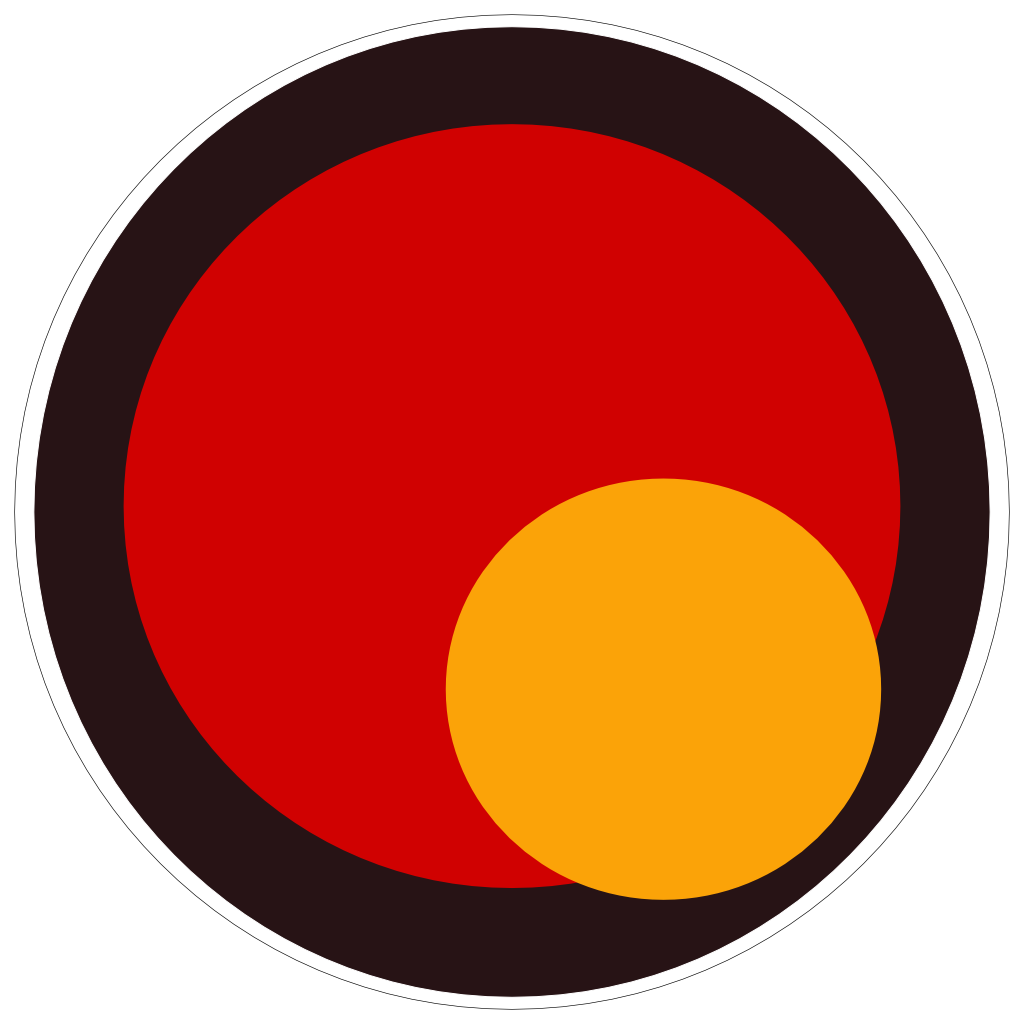Maximum Magnification of a Telescope
Telescopes, by design, magnify distant objects, making them more visible to the human eye. The degree of this magnification can be altered by using different eyepieces. However, there is a limit to how much magnification a telescope can support before the image becomes blurry or degraded.
Here’s a guide on how to calculate the maximum magnification a telescope can support using eyepieces.
Understanding Magnification
Magnification is defined as the apparent size of the object when viewed through the telescope compared to the apparent size of the same object when viewed with the naked eye. To calculate the magnification:
Magnification = Focal Length of Telescope / Focal Length of Eyepiece
The “50x vs 30x” Magnification Rule
A general rule of thumb is that a telescope can support up to 50 times magnification per inch of its aperture (or about 2 times per millimeter). So, for a telescope with an aperture of 4 inches (approximately 100mm), the maximum useful magnification would be:
4 inches * 50 = 200x or 100 mm * 2 = 200x
While the 50x rule offers insight into the theoretical maximum magnification, the 30x rule is more pragmatic for everyday stargazing. The 30x rule is a more conservative estimate, reflecting real-world variables such as atmospheric disturbances and optical imperfections. Adhering to this rule typically provides clearer and brighter images, especially for amateur astronomers or in areas with typical atmospheric conditions.
Example: For the same 4-inch telescope, using the 30x rule as a guide, the recommended maximum magnification would be 120x (4 inches x 30).
Factors Influencing Maximum Magnification
Aperture Size: Larger apertures collect more light and generally support higher magnifications.
Optical Quality: Even if the aperture suggests a high potential magnification, optical imperfections can degrade the image.
Atmospheric Conditions: The Earth’s atmosphere can distort the light from celestial objects. This effect, known as “seeing,” limits the useful magnification. On nights of poor seeing, even the best telescopes may be limited to 100x or 200x.
Choosing the Right Eyepiece
Once you know the maximum magnification your telescope can support, select an eyepiece that will give you that magnification. Using the earlier formula, you can rearrange to find:
Focal Length of Eyepiece = Focal Length of Telescope / Desired Magnification
Barlow Lenses Impact on Magnification
A Barlow lens is a powerful tool in an astronomer’s toolkit. It’s a diverging lens that effectively increases the focal length of the telescope when placed between the telescope and the eyepiece. The primary purpose of a Barlow lens is to amplify the magnification of the eyepiece with which it’s used.
How Barlow Lenses Work
When you insert a Barlow lens into the telescope’s optical pathway before the eyepiece, it increases the effective focal length of the telescope. A 2x Barlow lens, for instance, doubles the effective focal length, while a 3x Barlow triples it, and so forth.
Calculating Magnification with a Barlow Lens
To calculate the magnification when using a Barlow lens:
Magnification = (Telescope Focal Length / Eyepiece Focal Length) * Barlow Magnification Factor
For instance, with a telescope focal length of 1000mm, an eyepiece focal length of 20mm, and a 2x Barlow lens, the magnification would be:
Magnification = (1000 / 20) * 2 = 100 * 2 = 200x
Considerations when Using a Barlow Lens
Increased Magnification Limit: Remember the “50x rule” mentioned earlier? When using a Barlow lens, you can potentially push beyond this rule, but always be aware of the trade-offs in terms of image brightness and sharpness.
Diminished Brightness: Since a Barlow lens spreads the light out over a larger area, the image will be less bright. This effect is more pronounced with higher magnification Barlow lenses.
Optical Quality: As with any optical component, the quality of the Barlow lens matters. A high-quality Barlow will preserve image sharpness and contrast better than a low-quality one.
Practical Tips
Start with Lower Magnification: It’s always a good idea to start observing with a lower magnification eyepiece and then switch to higher magnifications if the viewing conditions allow.
Quality Over Quantity: Instead of pushing for the highest possible magnification, it’s often more useful to have a clearer, brighter, and wider field of view.
Experiment: Everyone’s experience may vary, and sometimes the rules can be bent a little. Experiment with different eyepieces to find the sweet spot for your telescope and your eyes.
In conclusion, while it’s tempting to push for the highest magnification, it’s essential to understand the limits of your telescope and the factors that can influence the clarity of the image. Balancing the desire for detail with the limitations of equipment and conditions will provide the best stargazing experience.
